Save Energy with a Cool Roof
A cool roof can be a good energy-saving option. Reflective roofing improves comfort and reduces cooling costs in the Deep South and anywhere the sun shines.

Synopsis: For homeowners in heating climates, a cool roof can be a good energy-saving option. Architect Linda Reeder outlines the reasons to consider a cool roof — largely, to save on cooling costs — and describes the way cool roofs work. Tile, metal, and asphalt all can be good cool-roof materials. Cool roofs aren’t foolproof; they can be prone to mold growth in hot, humid climates. Also, they may cost a little more than a traditional roof, depending on the roofing material you choose.
High-reflectance roofing, often called “cool roofing,” started appearing on homes more than 10 years ago, and its use has climbed steadily ever since. The reasons are simple: Cool roofing can reduce cooling costs up to 15%, it can lower oppressive summertime temperatures in cities, and because it doesn’t get as hot, it often lasts longer than traditional roofing does.
Just because it reflects sun and heat, though, doesn’t mean that it will stand out in typical urban or suburban neighborhoods. In fact, cool roofing can look a lot like traditional roofing and is available in more colors and styles than ever before, often at little or no extra cost compared to traditional roofing products.
Cool roofing works in two waysWhen solar energy strikes a cool roof, at least 25% of that energy is reflected away. Solar energy also can radiate from the roofing itself. The most effective cool roofing works both ways. |
What makes a cool roof cool?
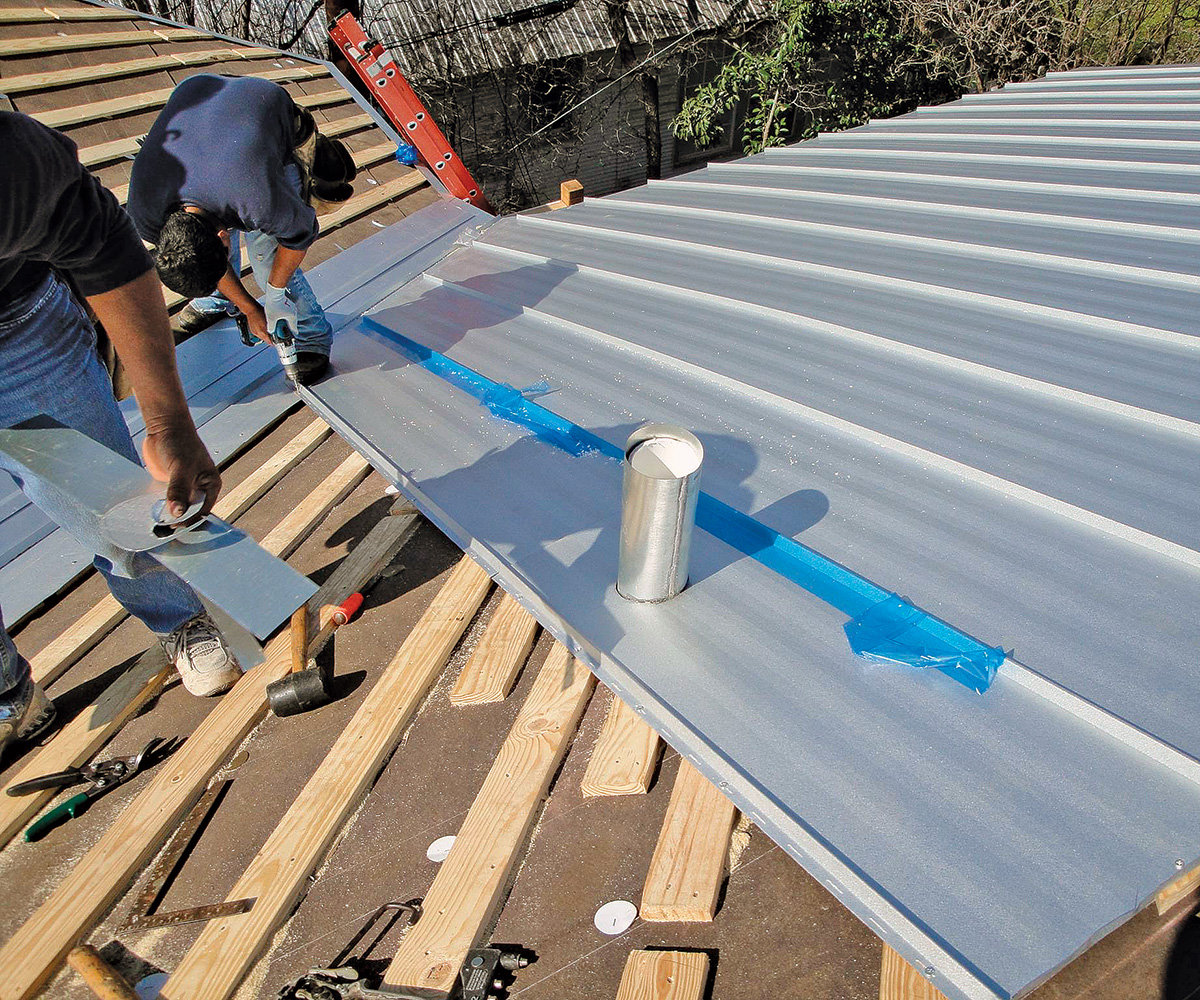
The U.S. Department of Energy (DOE) looks at several factors when deciding whether a product meets its definition of cool roofing.
1. High reflectance: At least 25% of solar energy must be reflected off the surface. Standard asphalt shingles have a reflectance around 10%.
2. Long-lasting reflectance: Dirt and weathering can decrease solar reflectance over time. Cool roofs should still be reflecting at least 15% of the sun’s energy after three years.
3: High thermal emissivity: This describes a material’s tendency to release heat rather than store it. The higher a material’s emissivity value, the more heat it releases. In hot, sunny climates, a highly emissive roof is desirable; in cold climates, low-emissivity roofing may help to reduce winter heating loads.
Another way to affect cooling loads and attic temperatures is by venting the underside of the roofing material. This technique usually involves placing metal or tile roofing on a series of furring strips, or battens. The battens provide an airspace between the roofing material and the sheathing, which then allows any heated air to exit the ridge. Architect Peter Pfeiffer in Austin, Texas, routinely specifies the use of Galvalume metal roofing placed on battens to reduce temperatures in attics.
A study sponsored by the DOE’s Building Technology Program and conducted by Oak Ridge National Laboratory confirmed what Pfeiffer and other architects have learned in the field. The 2006 study showed that elevating stone-coated metal-shingle panels on a series of battens reduced the amount of heat penetrating the ceiling by 70% and reduced cooling loads by 30% compared to a conventional asphalt-shingle roof.
Where does it make sense to have a cool roof?
While it’s obvious that the greatest energy savings from a cool roof will occur in the country’s warmest climates (zones 1 through 3 as referenced in the International Energy Conservation Code), cool roofs can be beneficial in all but the northernmost parts of the United States, according to the Environmental Protection Agency (EPA).
This is because the amount of useful energy reflected in the winter, when days are short and the sun is less intense, is typically less than the unwanted energy absorbed during the long, hot days of summer. And because most homes in cooler climates are heated with gas or oil and are cooled with more costly electricity, there’s usually a net savings.
If your climate has three months of cooling (80°F or hotter with clear skies), you should probably consider a cool roof. Cool roofs are also a good idea when you have a duct system in an unconditioned attic or have a home with a roof area that’s 25% or more of the total exterior surface.
Homes that are uncomfortably hot in the summer or that have roofs that wear out prematurely from sun damage are also prime candidates for a cool roof.
To be sure that your home and climate are right for a cool roof, check out the online calculators at www.roofcalc.com, which can determine the costs and expected savings associated with replacing a conventional roof with a cool roof.
Other factors affect performance
While important, a cool-roof covering is only one element of an energy-efficient roof assembly. Insulation is another important component. In fact, a cool roof over a well-insulated attic will offer less energy savings than a cool roof on a poorly insulated home.
In underinsulated roofs, radiant barriers are another way to reduce summer heat gain in hot climates. Radiant barriers are reflective films or coatings that direct infrared energy away from a house.
In the South, they can reduce the amount of money spent on electricity for cooling by 7% to 10%, according to a study by the Florida Solar Energy Center. Radiant barriers perform best when they face an exterior-side airspace so that heat can be removed by convection. If there is no airspace, a radiant barrier will not reflect infrared radiation.
It is important to note that radiant barriers can cause attic-moisture problems because many of the products have low permeability and prevent water vapor from escaping. A perforated radiant barrier will help moisture to escape in hot climates, but in cold climates, the condensation can freeze, blocking the perforations and creating an unwanted cold-side vapor barrier.
In cooler climates, money is usually better spent on additional thermal insulation. Some estimates put the cost of a radiant barrier at the same price as 2 in. of thermal insulation, so in climates where reducing thermal conduction is more important than reducing heat transfer into a house, more insulation is a better investment.
Equipment efficiency and the location of ductwork, especially when the ducts are in an unconditioned attic, also affect energy savings.
What are the trade-offs?
Cool roofs in hot, humid climates may be more prone to mold or algae growth because they do not reach the same high temperatures as traditional roofs. In addition, because cool roofing is often light in color, black streaks caused by algae discoloration may be more pronounced than streaks on darker-colored roofing. To combat discoloration, many roofing manufacturers include copper or zinc additives in their cool-roofing products to prevent mold and algae growth.
In terms of durability, cool roofing should last as long as traditional products. In fact, cool roofing must have the same warranty as a company’s less reflective roofing materials to earn an Energy Star label.
Cool roofs cost little extra
Depending on the material, cool roofs are little or no more expensive than traditional roofs. For example, CertainTeed estimates that on an average home, the company’s Landmark Solaris cool-roof shingles would cost from $1000 to $2000 more than Landmark Premium shingles, a comparable product without “cool” properties.
For MCA Superior Clay Roof Tile, there is no difference in cost between standard clay tiles and the 11 colors that have earned the Energy Star label.
Some gas and electric companies offer rebates for cool roofs, so it’s a good idea to check with your local utilities or to visit the Cool Roof Rating Council website (www.coolroofs.org), which lists rebate programs. The Database of State Incentives for Renewables and
Efficiency (www.dsireusa.org) is another good place to check. It lists many energy-efficiency programs and rebates by state.
How do you find cool-roofing products?Energy Star and the Cool Roof Rating Council (CRRC) both maintain lists of approved cool roofing. The Energy Star website (www.energystar.gov) has a list of more than 5000 low- and steep-slope roofing products that have earned the Energy Star label. Categories include initial solar reflectance, reflectance after three years, initial emissivity, and suitability for low- or steep-slope roofs. You can also select products by roofing type, color, and warranty. The CRRC maintains a product directory on its website, but not all products listed are considered cool. However, the search tool allows you to limit your options to high-reflectance and high-emissivity products, as well as roofing type and color. |
Linda Reeder is an architect in New Haven, Conn., and is the author of Guide to Green Building Rating Systems (Wiley, 2010). Photos by Dan Thornton, except where noted.
From Fine Homebuilding #218
Fine Homebuilding Recommended Products
Fine Homebuilding receives a commission for items purchased through links on this site, including Amazon Associates and other affiliate advertising programs.

Shingle Ripper

Peel & Stick Underlayment

Roofing Gun

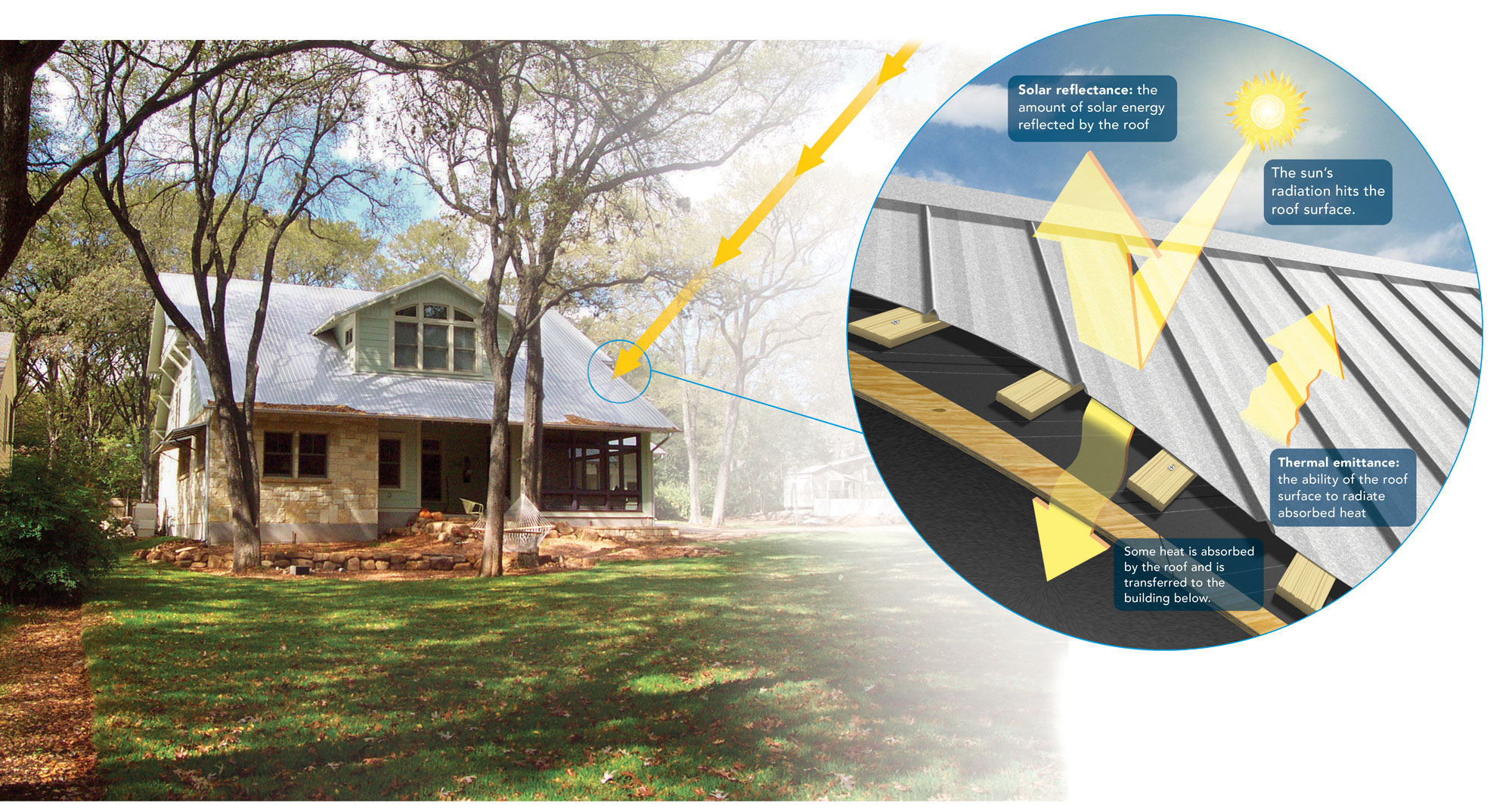
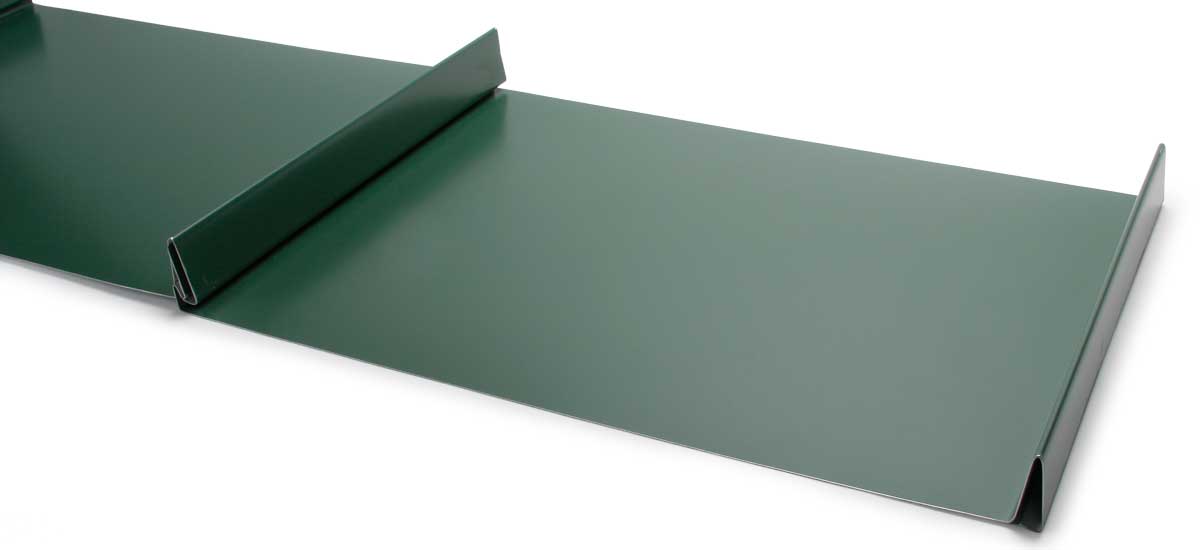
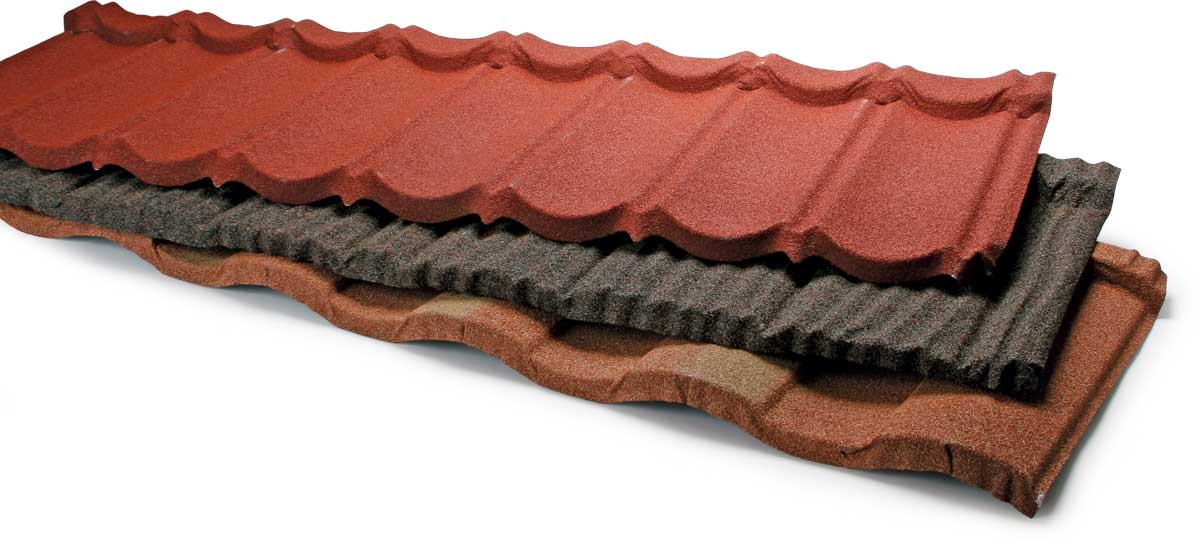
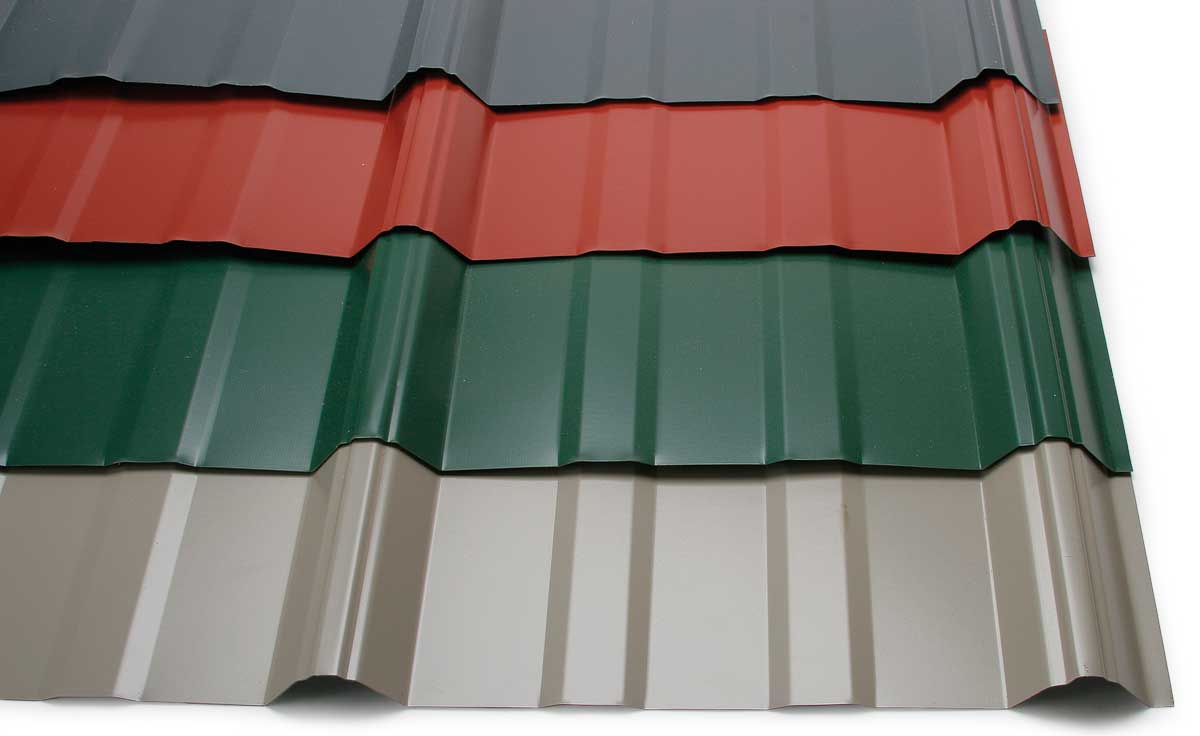
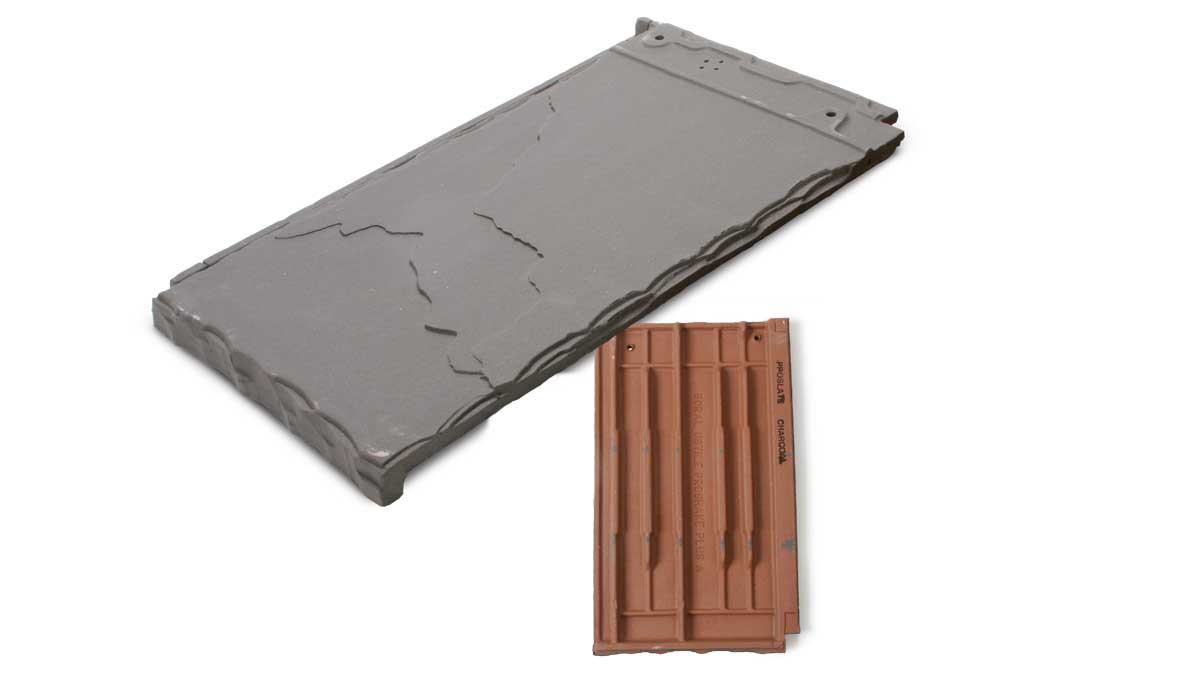
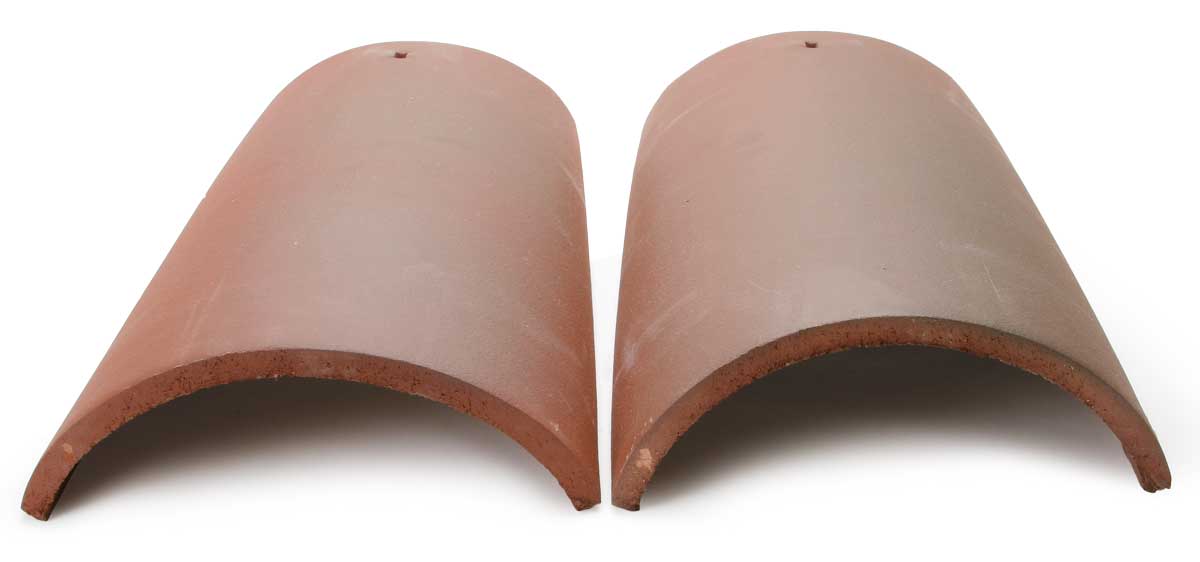
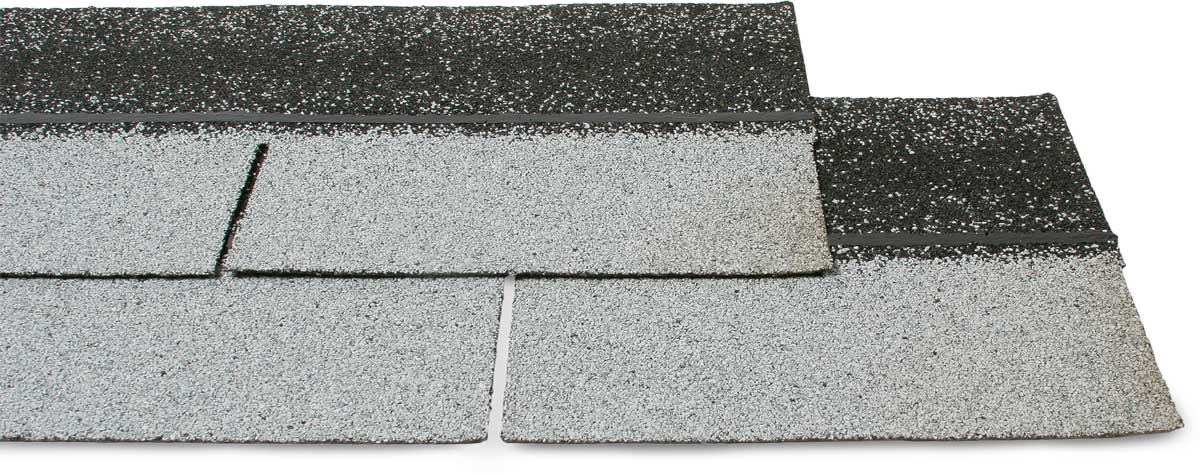
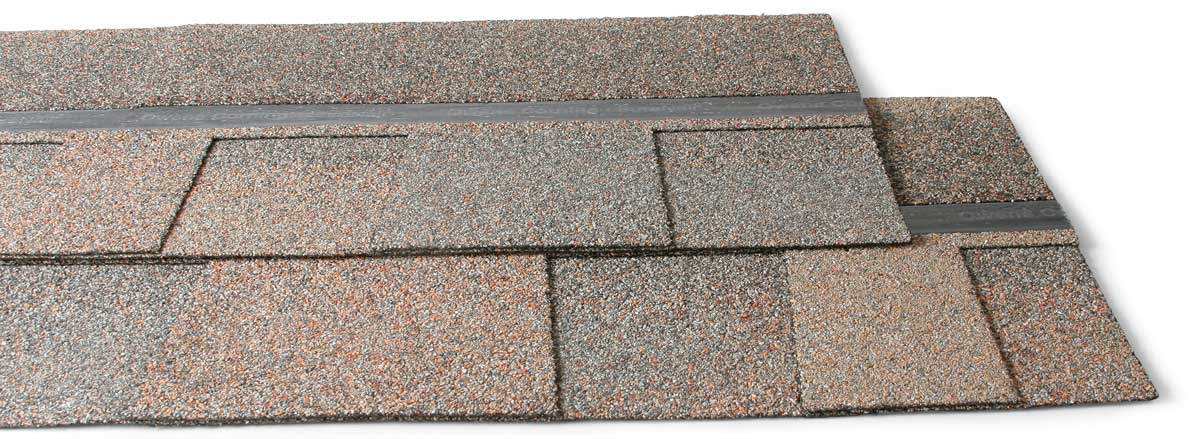





View Comments
39 years in Key West FL has proved to me that emmissivity is just as important as reflectivity. An unpainted galvalume metal roof in the summer gets much too hot to touch, while you can lay naked on the same roof painted white. Ever heard the saying "cat on a hot tin roof"? And calling asphalt shingles with white sprinkles on them a cool roof material, well it just makes me hot. Nothing beats white metal over an air space and adequate insulation.
In Vermont we sometimes do "cold roofs" which are meant to prevent ice dams at the eaves. On an addition to my home I laid 1x3 t&g roughsawn spruce over recycled antique handhewn rafters. Over this went a 6 mil vapor barrier. O top of each rafter I put a 2x6 on edge and carefully fitted rigid foam insulation panels between these rafter extensions, leaving an inch of air space above the foam. One inch rough sawn boards sheathed the roof with recycled roof slates above. The eaves and ridge are vented. While the R value of the roof is not up to current standards, I have never seen an ice dams on this roof.